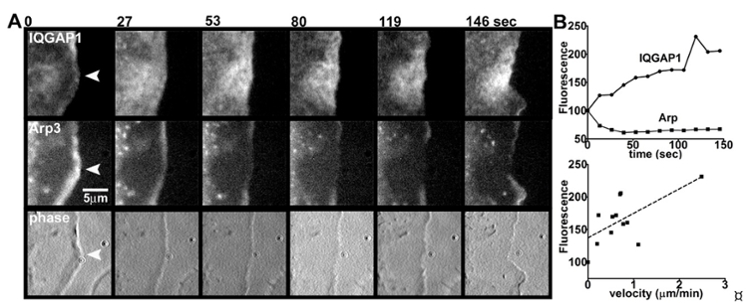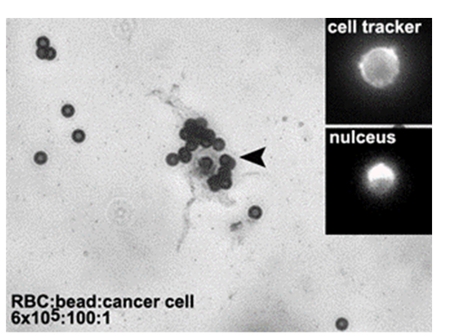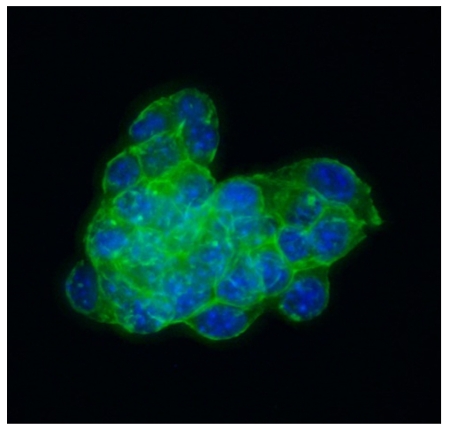
Joseph Schober, PhD
Professor of Pharmaceutical Sciences
Pharmacology
B.S., University of Illinois at Springfield, 1994
Ph.D., Pharmacology, University of Illinois at Chicago (UIC), 2003
American Heart Association Postdoctoral Fellow, Northwestern University
Biography
Dr. Joseph Schober is an associate professor in the Department of Pharmaceutical Sciences. After receiving a B.S. degree from the University of Illinois at Springfield, he was a practicing Clinical Laboratory Scientist from 1994 to 1996. In 2003, he received a Ph.D. from the Department of Pharmacology, University of Illinois at Chicago (UIC). His research at UIC focused on the interaction of monocyte integrin receptors with novel extracellular matrix proteins expressed in atherosclerotic lesions. From 2003 to 2007, Dr. Schober was a Drug Discovery Scholar and American Heart Association postdoctoral fellow at Northwestern University, Department of Cell and Molecular Biology, where his research focused on investigation of cytoskeleton dynamics and cell motility. His current research at SIUE focuses on cancer cell biology and biomedical engineering approaches to cancer diagnosis and treatment.
Select Publications
NNC 26-9100 increases Aβ1-42 phagocytosis, inhibits nitric oxide production and decreases calcium in BV2 microglia cells. Schober J, Polina J, Walters F, Scott N, Lodholz E, Crider A, Sandoval K, Witt K. PLoS One. 2021 Jul 8;16(7).
A single-wavelength flow cytometric approach using redox-sensitive green fluorescent protein probes for measuring redox stress in live cells. Denn ER, Schober JM. Biotechniques. 2021 May;70(5):278-284.
Design and Performance of an Inexpensive Water Activity Meter. Gilda SS, Schober JM, McPherson T. Int J Pharm Compd. 2021 Jan-Feb;25(1):48-51.
Cell Attachment and Spreading on Carbon Nanotubes Is Facilitated by Integrin Binding. Imaninezhad M, Schober J, Griggs D, Ruminski P, Kuljanishvili I, Zustiak SP. Front Bioeng Biotechnol. 2018 Sep 24;6:129.
Ras GAP-related and C-terminal domain-dependent localization and tumorigenic activities of IQGAP1 in melanoma cells. Reimer M, Denby E, Zustiak SP, Schober JM. PLoS One. 2017 Dec 14;12(12).
Morphological adaptations in breast cancer cells as a function of prolonged passaging on compliant substrates. Syed S, Schober J, Blanco A, Zustiak SP. PLoS One. 2017 Nov 14;12(11).
More on PubMed-
Research
Recent research has focused on IQGAP1 role in cell motility, and interdisciplinary projects in cancer biomedical engineering. The project with IQGAP1 was founded on the serendipitous discover of its localization in retracting cell edges. We pursued this discovery and are currently working on identifying the domains responsible for localization of IQGAP1 to retracting cell edges. Over the last few years we have developed collaborative biomedical engineering projects involving capture devices for analysis of circulating tumor cells from blood. So far we have developed an image analysis algorithm for enumeration of cancer cells in whole blood samples. This project, now in beginning stages, will hopefully lead to a microfluidics approach for rapid diagnosis and treatment monitoring in cancer patients.

Correlation of cell edge retraction velocity with IQGAP1. (A) B16F10 cells were cotransfected with GFP-IQGAP1 and mCherry-Arp3, and imaged on laminin for a total time of 146 sec at 13-sec intervals. Select time points show IQGAP1, Arp3 and phase images of an area of cell edge retraction. (B) Frames were analyzed for GFP-IQGAP1 and mCherry-Arp3 intensities, and edge velocity changes in the areas marked by the arrowheads.

“On-chip” phase and epifluorescence microscopy of an isolated MCF-7 breast cancer cell. Magnetic beads with anti-epCAM antibodies were mixed for 30 minutes with samples containing pre-stained MCF-7 breast cancer cells. Image shows an isolated MCF-7 breast cancer (arrowhead) with 20 beads attached.

Spheroid growth of B16F10 mouse melanoma cells on 1 kP hydrogels. Single cells were added to 1 kP polyacrylamide gels cross-linked with laminin and incubated for 48 hours.











